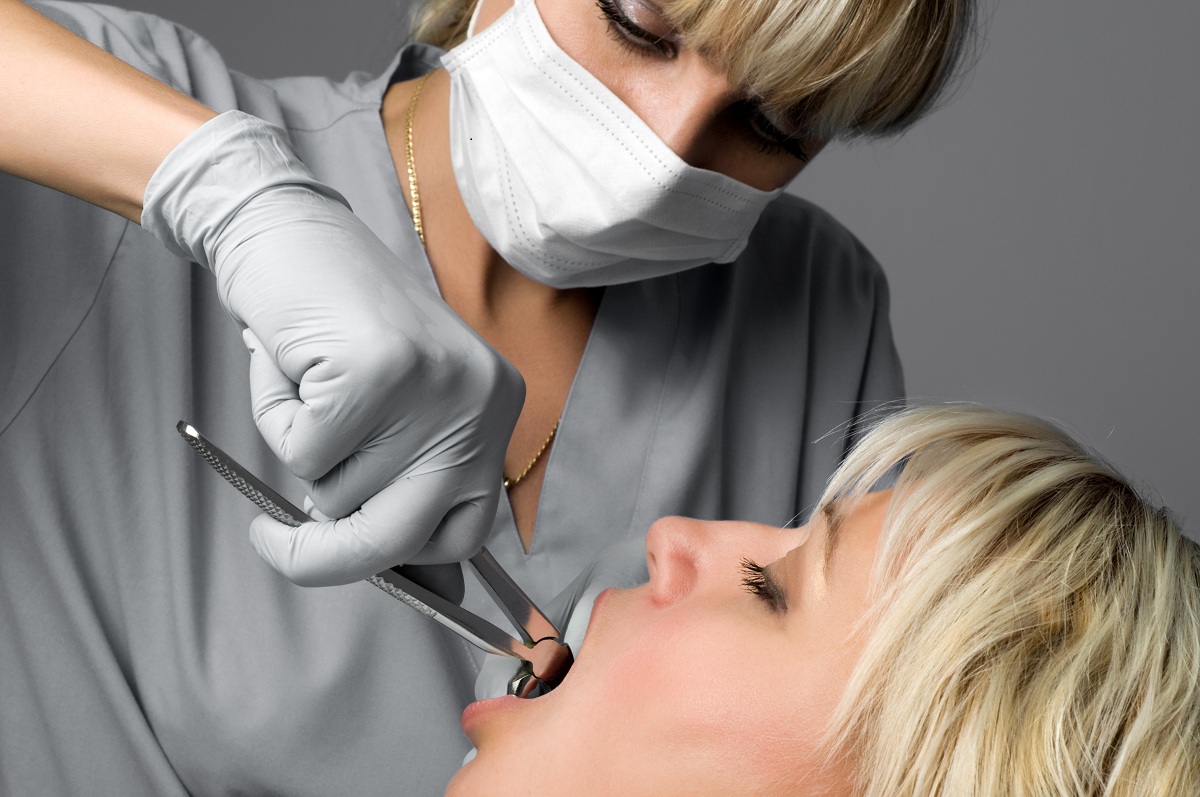When a patient loses a tooth, it can be a stressful and painful experience. Dentists will always recommend that the patient should consider their tooth replacement options as soon as possible. There are many reasons why it is important to act quickly.
At practices like Cheltenham Dental Spa in Cheltenham, dental implant placement will probably be the recommended course of action, after a careful assessment of the patient’s oral health. Dental implants are the most permanent form of treatment for missing teeth. They work with the body to provide the patient with a long-lasting solution.
How a dental implant can be used
There are many uses for a dental implant in Cheltenham. An implant is an artificial tooth root that is inserted into the patient’s jaw. When the implant has healed and integrated with the jawbone, it can be used to attach different types of tooth replacement.
Any number of missing teeth can be replaced with an implant supported false tooth or teeth. For a single missing tooth, a custom-made crown can be attached to fill the gap in the patient’s smile. If there is more than one missing tooth then a bridge can be attached containing multiple false teeth that are joined together.
Implants can also support a patient’s dentures, fixing them in the patient’s mouth. This can solve many common issues that denture users face every day with shifting and rubbing dentures.
How dental implants are placed
To place a dental implant in Cheltenham, the dentist will need to perform a minor surgical procedure. A small hole will need to be created in your jawbone to insert the titanium screw. The aim is for the jawbone and screw to have as much contact as possible. This will ensure the metal and bone are allowed to integrate and create a stable anchor.
Dental implants actually help to preserve the patient’s remaining teeth. This is because the jawbone needs stimulation to remain a healthy shape. When a patient loses a tooth, the jawbone will begin to change shape and the gums will start to recede, often pulling the remaining teeth out of alignment and putting them at risk of further damage.




